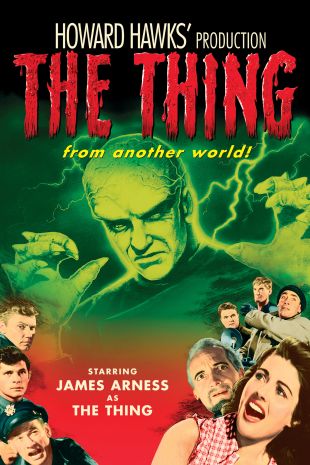A pioneer in the world of visual special effects, Linwood Gale Dunn began his Hollywood career as a cameraman at RKO. In 1928, he began experimenting with the concept of automating transitions. Previously, transition shots like wipes and fades were achieved "in the camera," which meant that the cinematographer was required to slowly cover the lens with a sheet of opaque paper. It was Dunn's idea to attempt the process by reconfiguring one of RKO's optical printers, a camera-like device aimed directly at a projector; when synchronized with each other, the projector and printer run simultaneously, casting images directly onto film.
Dunn fitted the optical printer with controls to automate fades, wipes, and dissolves. Additionally, he skipped every second frame to speed up action, conversely exposing a frame twice to create the illusion of slow motion. Also, by repeated filming of the same image he could freeze a scene, and he could even combine shots by masking off elements of the frame, rewinding the negatives, and inserting other visuals in their place. Soon, Dunn was the acknowledged master of special effects. During his 28-year tenure at RKO, he worked on some of the most influential films in history, ranging from 1933's King Kong to 1941's Citizen Kane.
RKO folded in 1957, leaving Dunn to found his own company, Film Effects of Hollywood, which marketed the first commercially available optical printer, dubbed the Acme-Dunn. He even offered his expertise as a consultant to all filmmakers using the machine. Eventually blue-screen photography was added to the Acme-Dunn, initially to produce flight scenes for films like Mary Poppins and later to create other special effects; with the use of Eastman stock 5247, actors' movements were shot against a background of solid color, leaving a dense black area which allowed the optical printer to later substitute additional footage. Despite all of the breakthroughs in special effects subsequently achieved by the likes of George Lucas and his Industrial Light and Magic team, Linwood Dunn's optical printer remains an indispensable component of the art of film illusion.


